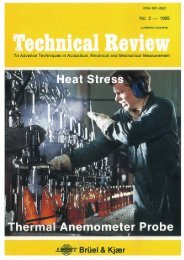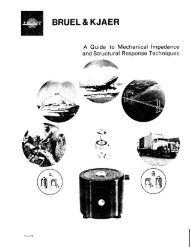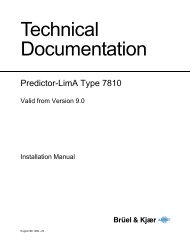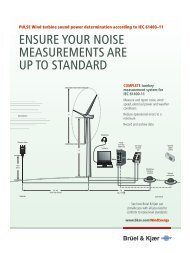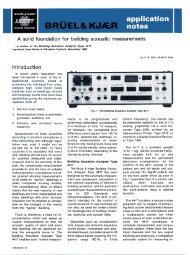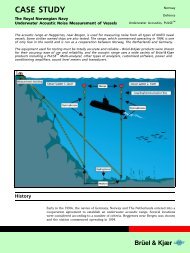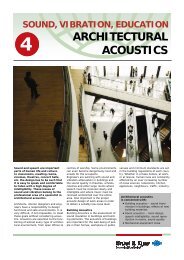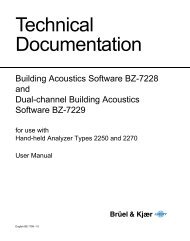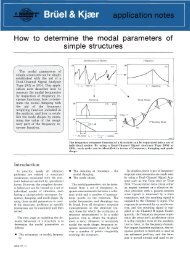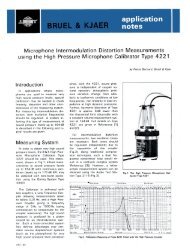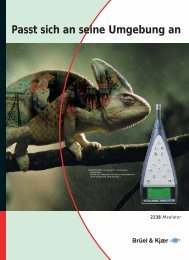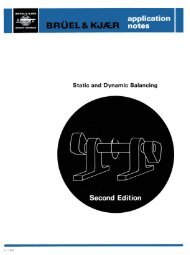Thyristors in Railway Traction How can their effects be measured?
Thyristors in Railway Traction How can their effects be measured?
Thyristors in Railway Traction How can their effects be measured?
You also want an ePaper? Increase the reach of your titles
YUMPU automatically turns print PDFs into web optimized ePapers that Google loves.
At higher frequencies the<br />
eng<strong>in</strong>eer who has <strong>measured</strong> zero<br />
amps at the tra<strong>in</strong>, and zero amps at<br />
the substation, <strong>can</strong> still not state<br />
with complete assurance that he<br />
would measure zero amps <strong>in</strong> a track<br />
circuit or a telephone circuit somewhere<br />
<strong>be</strong>tween the two. It is a reasonable<br />
assumption, but when lives<br />
are at stake it is a good idea to go<br />
and confirm it.<br />
There is therefore a need for a lot<br />
of data and a lot of analysis. What<br />
is more, every railway and every<br />
stretch of railway is different, <strong>be</strong>cause<br />
no stretch of l<strong>in</strong>e is built for<br />
the S&T eng<strong>in</strong>eer's <strong>be</strong>nefit. So a<br />
lot of experience is necessary <strong>be</strong>fore<br />
predictions about the <strong>effects</strong> of<br />
thyristors <strong>can</strong> <strong>be</strong> made without any<br />
measurement or analysis.<br />
Because frequency analysis is a<br />
major part of sound and vibration<br />
work, Bruel & Kjaer make a wide<br />
range of equipment for tackl<strong>in</strong>g different<br />
k<strong>in</strong>ds of frequency analysis.<br />
Many of these could <strong>be</strong> used with<br />
advantage to f<strong>in</strong>d out someth<strong>in</strong>g<br />
about the <strong>effects</strong> of thyristors on an<br />
electric railway. <strong>How</strong>ever, to do the<br />
job thoroughly one needs a spectrum<br />
analyser, and to do the job<br />
without occupy<strong>in</strong>g all the eng<strong>in</strong>eers<br />
available all the time, one must use<br />
a real-time narrow-band analyser,<br />
such as the B&K Type 2031 Narrow<br />
Band Spectrum Analyzer.<br />
It is not difficult to understand<br />
why. Suppose you have a tape record<strong>in</strong>g<br />
of a signal, and you have<br />
<strong>measured</strong> the psophometric content<br />
and found that for part of the time<br />
this exceeds the permissible threshold.<br />
The chances are that one or TU ,. iU. , ._ .„„ . , _. ■ * *<br />
The figures on this page and pages 10 and 11 show the waveform and <strong>in</strong>stantaneous frequency<br />
two particular harmonics are caus- spectrum of locomotive primary current at six stages dur<strong>in</strong>g an acceleration at constant arma<strong>in</strong>g<br />
the trouble, SO you get a SUi- ture current. In the stages shown on this page only one rectifier bridge is conduct<strong>in</strong>g. Use is<br />
table narrow-band filter or analyser made of the facility of the Type 2031 Narrow Band Analyzer to display spectra or waveforms;<br />
and play the tape through it once ^ is not essential to record them on the same plot as here<br />
for each harmonic, record<strong>in</strong>g the<br />
output on a level recorder. You<br />
may, after five or six runs, f<strong>in</strong>d<br />
what you want, but equally well<br />
you may f<strong>in</strong>d that all the harmonics<br />
fluctuate considerably (as the tra<strong>in</strong><br />
accelerates), and none of them <strong>in</strong>dividually<br />
would account for the psophometric<br />
level.<br />
9



